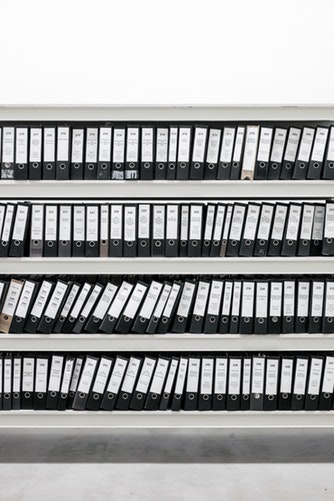Last Thursday, September 13th, Bloomberg hosted a live event on ‘The Value of Data: How Emerging Technologies are Redefining Our Future.’ Patientory CEO and Founder Chrissa McFarlane was invited to speak on a panel discussing how blockchain can be utilized to solve global social challenges such as plastic pollution, foodborne illnesses, and consumer access to healthcare. This panel also featured representatives from IBM, Walmart, and the United Nations.
When people hear the word ‘blockchain’, they often think of cryptocurrency, a digital form of currency that has gained notoriety due to the growth of companies such as Bitcoin. This association of blockchain with cryptocurrency usually results in consumer skepticism and concern, as cryptocurrency is currently a very nascent and unregulated currency basis. Blockchain, however, has far greater applications than just cryptocurrency, specifically regarding security and transparency of data transactions and exchanges. To better understand these applications, it’s important to define what exactly blockchain is.
According to Forbes magazine, ‘Blockchain is a public register in which transactions between two users belonging to the same network are stored in a secure, verifiable and permanent way. The data relating to the exchanges are saved inside cryptographic blocks, connected in a hierarchical manner to each other. This creates an endless chain of data blocks — hence the name blockchain — that allows you to trace and verify all the transactions you have ever made. The primary function of a blockchain is, therefore, to certify transactions between people.”
From this definition, one can see how blockchain is a technology that allows users to securely and visibly complete transactions or data exchanges. One such use case can be found in the global food supply chain. Following a number of scandals in food production, most infamously the European horse meat scandal in 2013, where foods advertised as containing beef were found to contain undeclared or improperly declared horse meat, trust in global conglomerates’ ability to track the source of all its food products was at an all-time low. This mistrust led IBM to partner with Walmart, Unilever, Nestle and six other large companies in 2016 to release the Food Trust blockchain to track food through supply chains around the world. This created an immutable record of the food production cycle of every single item of produce on a blockchain. Consumers, as a result, could trust that they are buying and eating the produce they believe they are.
As seen in the food safety example, the implications of blockchain are powerful and can be just as powerful in healthcare as in food safety. Currently, consumer access to their healthcare data is a real challenge and a long-standing one at that. While gone are the days of paper charts, as much of healthcare data today is digitized and electronic, many healthcare providers do not have a way to share and grant access to such data for consumers securely. That’s where blockchain comes in.
In the healthcare industry, blockchain technology can help healthcare providers securely allow consumers to access and view their data, empowering consumers to have far greater ownership and management of their health. Additionally, blockchain enables healthcare providers to be compliant in meeting the GDPR and HIPAA regulations, two significant hurdles that have prevented consumers from successfully accessing their healthcare data.
Blockchain technology is not just about cryptocurrency or Bitcoin or fledging digital currency markets. It’s a solution that can indeed change the landscape of healthcare, not to mention many other global social problems. This technology has arrived – now is the time for healthcare providers and institutions to be open to adopting it, as the health of their patient communities depends on it.







